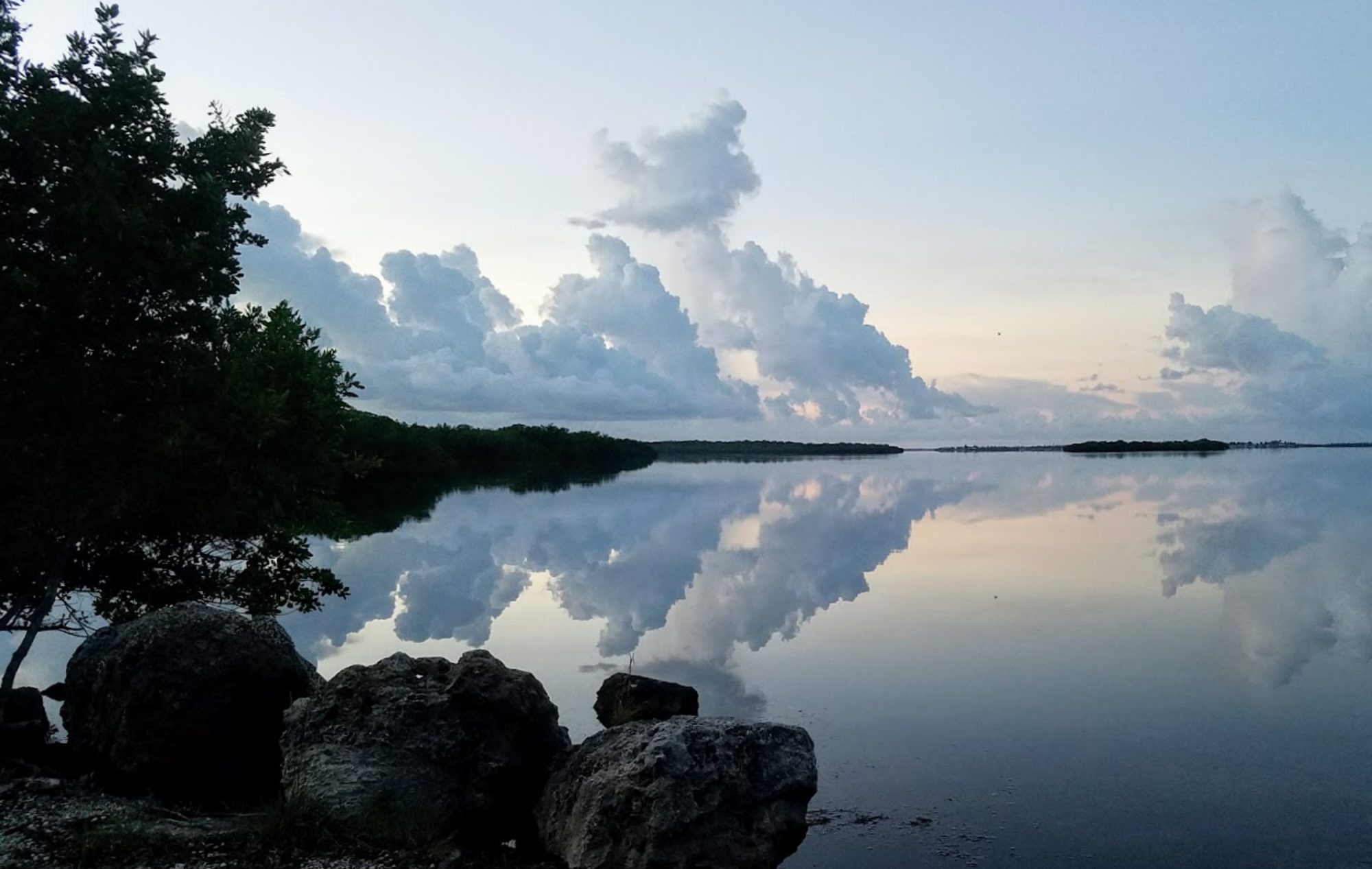Note from Pam: Happy Thanksgiving 2021! This year, I’m giving thanks for Bert King, CPA, who has generously agreed to allow me to reprint his article on My Exquisite Florida. Bert, thanks again! The very last link on the list at the end of this post is from me (Pam) . . . wherever you are celebrating, you may want to learn about who originally lived on those lands.
Once again it is time for me to promulgate Florida’s place in Thanksgiving celebrations.
As we celebrate Thanksgiving Day, we take time to remember who we are, where we came from, and for what we are thankful. As Americans, we are from many different places. We have traditions of giving thanks and feasting from our many wonderful heritages.
While enjoying your traditional Thanksgiving celebration, keep in mind that what most people think of the First Thanksgiving is not quite accurate. Most of our Thanksgiving traditions are based on the New England traditions honoring the Plymouth Colony in 1621. In fact, the first giving of thanks in a permanent European settlement in what is now the United States was not at Plymouth Colony in 1621. It was in St. Augustine, in Florida, in 1565, some 56 years earlier!! There is also some evidence that the French and Spanish celebrated feasts of thanksgiving prior to St. Augustine but those were not in permanent settlements.
By the time of Plymouth Colony in 1621, St. Augustine was a thriving city in Spanish Florida with homes, businesses, and churches, governmental buildings, and fortifications. The Spanish had even built a watch tower (lighthouse) at the entrance to the harbor. There was an established society with laws, government and trade with a variety of indigenous peoples. There were established roads and paths for travel and communication with other Spanish settlements and missions across Florida, such as Pensacola and the Mission San Luis de Apalachee in current Tallahassee. The old parish church of St. Augustine later became the Cathedral of St. Augustine. The Roman Catholic parish congregation of St. Augustine is the oldest in the continental United States, with surviving records of the parishioners dating from 1594.
I like what former History Professor Michael Gannon (UF) said, “By the time the Pilgrims came to Plymouth, St. Augustine was up for urban renewal. (Sad to learn that Professor Emeritus Gannon passed away in Spring 2017, at age 89. He was a true champion of Florida history.)
The purpose of this post has been to highlight the feast of thanksgiving in St. Augustine in 1565. If you are interested in the true circumstances and the effect on indigenous peoples in New England, see the articles at the end on the following list.
For additional reading on the real first Thanksgiving at St. Augustine, here are several articles. The first two are especially informative.
http://www.internationalopulence.com/site-of-the-real-first-thanksgiving/
https://www.floridatoday.com/story/news/2015/11/23/florida-true-site-first-thanksgiving/76253670/
http://www.ncregister.com/daily-news/americas-first-thanksgiving-was-in-florida-seriously.-it-was
http://www.traditioninaction.org/History/B_024_Augustine.html
